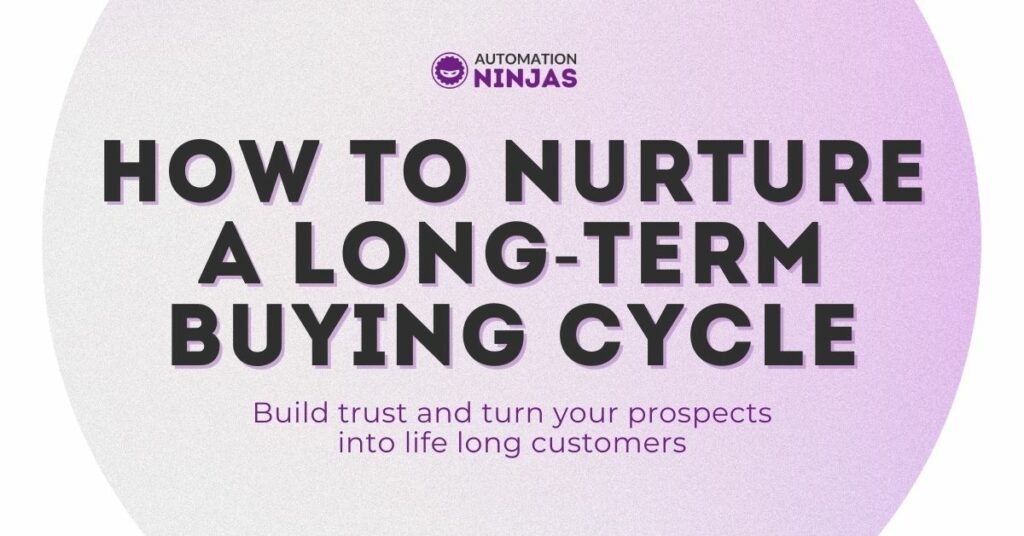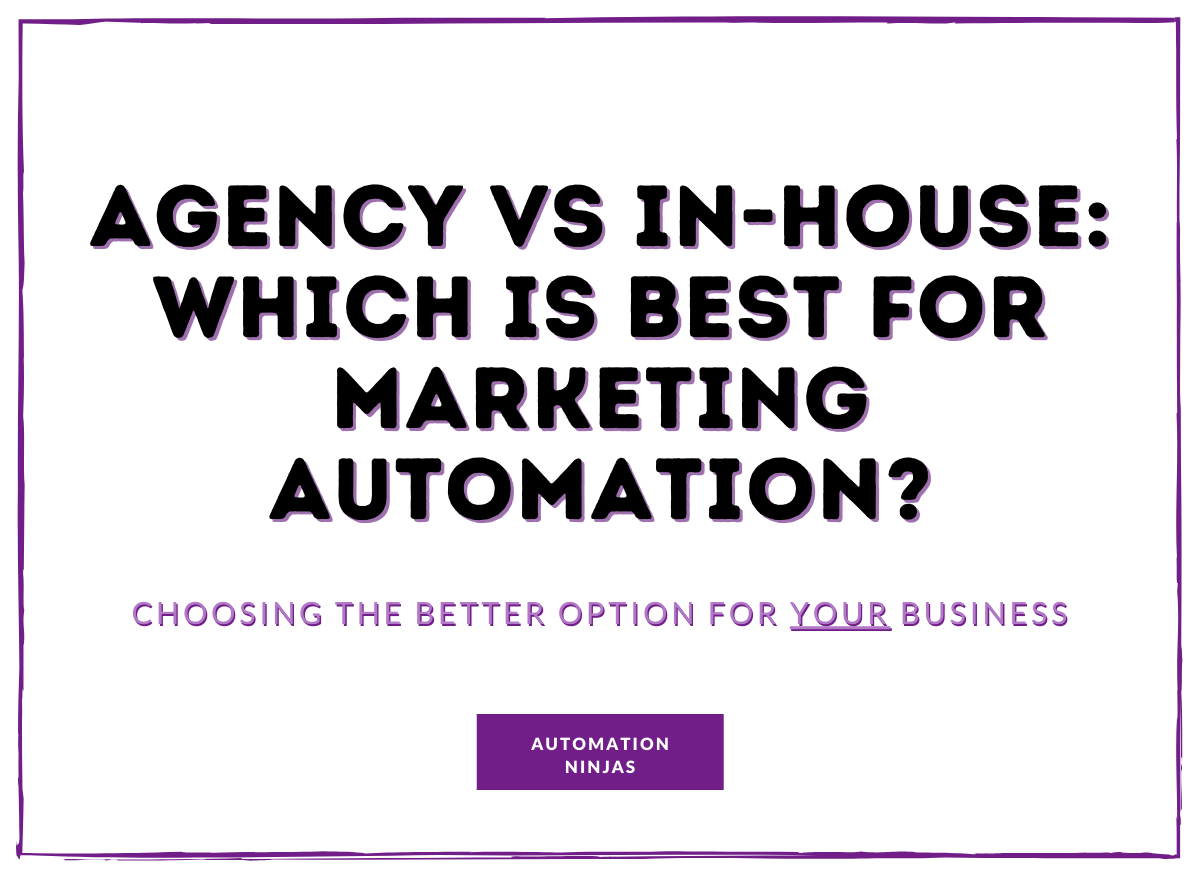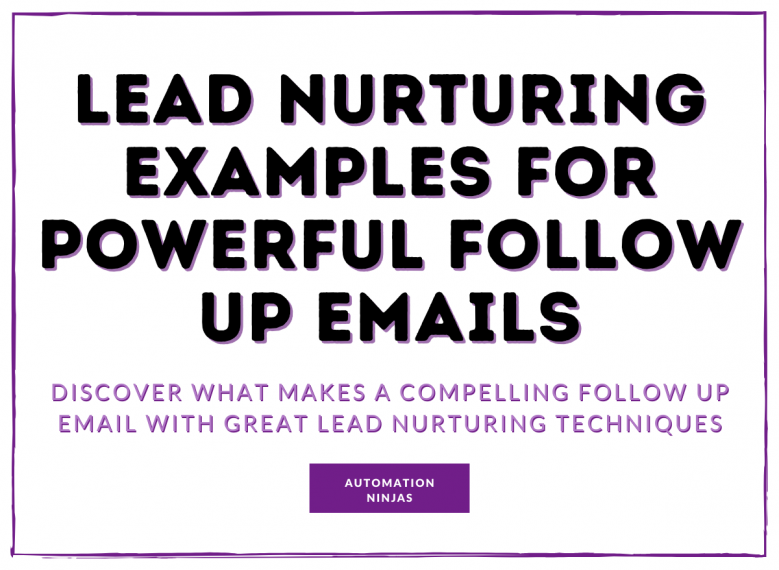Imagine sprinting the first mile of a marathon. (Don't worry, you'll see how this connects to nurturing a long-term buying cycle in just a moment...)
You’d make some headway, but quickly run out of steam and ultimately struggle to reach the finish line. All of your hard work and training would have been for nothing.
Sprinting is great for short distances, just as short-term buying cycles are suited to quick transactions.
But long-term buying cycles are like marathons. The training is different; they require attention and monitoring over a longer period of time.There are many circumstances in which buying cycles will need to be longer.
So, instead of focusing on shortening the timespan, it’s far more productive to concentrate on nurturing long-term buying cycles.
After all, marketing as a whole is a marathon, not a sprint.
In this blog, we’ll have a quick refresh of what a buying cycle is, the difference between long and short ones, and how these differ from sales cycles. We’ll then consider why it’s essential to nurture long sales cycles and how to go about doing this.
What is a long-term buying cycle?
Before we get into the specifics of what makes a long-term buying cycle, let’s have a quick recap of what a buying cycle actually is.
What is a buying cycle?
A buying cycle, or purchase cycle, is the process that a consumer goes through before following through with a purchase.
The customer buying journey will vary according to the brand and the type of product or service they are searching for. But generally, the stages of this cycle stay the same, as follows:
- Consumers becoming aware of their needs or desire
- Considering best options for purchase
- Making a decision and reaching the point of sale
- Evaluating the outcome
How is this different to a sales cycle?
A buying cycle and sales cycle sound like the same thing so they can be used interchangeably, right?
Well, not exactly.
A sales cycle is how your business looks at driving deals through its own sales pipeline. And the stages of the process which result in sales. It’s a business-driven and company-centred viewpoint.
In contrast, a buying cycle looks at the sales cycle from the perspective of the buyer’s needs. They follow the four main stages of the buying cycle as mentioned above.
So, what is a long-term buying cycle then?
Back to the original question - what is a long-term buying cycle?
It’s difficult to define exactly what makes a buying cycle long or short, as there are so many variables.
Ultimately it comes down to your business, what it is, and what you sell.
High price, high-risk products and services will inevitably have a long buying cycle as there is so much at stake for customers. There is a large amount of information for them to evaluate before committing to a purchase, therefore requiring more time.
A buying cycle can be shorter for a number of reasons.
One is that the customer is already familiar with the company or has used them before, so they have already established a level of trust. Another reason would be that the product or service is low cost and low risk, and less contemplation is needed.
If the internet alone can give consumers all the necessary information on a product or service, it will most likely have a shorter buying cycle.
Because shorter buying cycles have fewer steps, they take (on average) less than a month to complete.
Long buying cycles simply mean that the business process takes place over a longer period of time.
The amount of time between first contact and the final transaction is significant, and in some cases can take longer than a year.
The cycle becomes longer if there is a change in buying behaviour, or customers need to research and test options before finalising a decision. It could be that the product or service takes more time to produce, for example, if it’s a bespoke service rather than something pre-packaged and ready to buy.
Why is it important to nurture a long buying cycle?
It is absolutely necessary and important to nurture long buying cycles.
This is due to the amount of time and company resources invested in the process. Plus, the length of time and commitment required from both sides can generate loyal customers.
Products and services with longer buying cycles have a high payoff due to the fact that they are usually more expensive transactions. Each company, therefore, needs to establish a relationship with prospects and learn more about how they can best deliver on satisfying customers.
Due to the process taking a longer amount of time, there can be some uncertainty as to whether people will actually follow through. There is more potential for competitors to swoop in and capture the interest of consumers or for the prospective buyer to withdraw their attention for another reason.
According to the experts at HubSpot, 50% of leads are qualified, just not immediately ready to buy your product or service.
While they may not be ready yet, they could or will be ready at some point in the future. This is why lead nurturing in long buying cycles is so important. Regular follow-ups are more likely to secure a lead and mean that the time spent liaising won’t have been lost.
Long buying cycles necessitate a more personalised, cautious approach to selling. Nurturing is what drives conversion, keeps customers in the loop and is supported throughout the process.
Without nurturing efforts, one-off enquiries will never be anything more than a hand-raiser. It’s up to you to cultivate this initial interest and guide prospects further towards conversion.

How to nurture a long buying cycle
How do you go about making this happen, then?
It’s all very well educating consumers about what you offer. But if you do nothing to follow up, they could forget, lose interest or be drawn to a competitor.
On the other hand, if you only focus your energy on closing sales, you could miss out on customers who require more guidance at the research stage.
As a result, you must always be proactive; nurturing is required at every step. There are several ways to do this…
- Create a buyer persona
- Share targeted content
- Keep in touch, frequently
- Use marketing automation
1. Create a buyer persona
One way to ensure you do this is by creating a buyer persona.
This semi-fictional representation of the ideal customer is based on a combination of market research and real analysis of existing customers.
Completing a full buyer persona of the ideal client is necessary in order to truly understand who you’re selling to. This is essential when attending to and nurturing a lead throughout a long buying cycle and beyond.
Having this buyer persona to refer back to can aid with lead generation, aligning sales and marketing teams, and the all-important nurturing effort.

The focus on guiding your product or service development to suit the needs of target customers will align the work taking place across your business.
This in turn helps you attract prospects, leads, and customers of high value, which your business will be more likely to retain over a longer period of time.
Now, it’s important to note that buyer personas are only really valuable if they are being used and updated regularly. Learning from past data and insights is what makes this technique worthwhile.
Related content: What is customer profiling?
2. Share targeted content
You can’t bypass important steps of the process to make the cycle time shorter. Instead, you can optimise your marketing efforts to ensure you’re prepared and covering all bases with your content.
The key is making sure prospects know that your product or service exists and that they are aware of how it will solve their problem or satisfy their need.
As consumers first become aware of your business by coming across your blog, website or social media content, they acquire some initial information.
Once they have interacted, and hopefully signed up to your email list, you can direct them to other items of relevant content. This will offer them more useful information as they proceed along the buying cycle pipeline.
You may choose to use automation marketing or rely solely on having clear and relevant content on your website for visitors to engage with.
Having genuinely useful content available builds trust by demonstrating that you’re a reliable voice and care about educating customers.
Giving consumers the information they need to make an informed decision accelerates opportunities, increases conversion and drives revenue.
Distributing content relevant to each stage of the long buying cycle puts an important message across to prospects. You’re essentially saying, “Here’s all the information you need. We’re ready when you are.”
The best part about this is that if you already have the content there, you’ve already done the work. All you have to do now is make sure that you’re nurturing those interested prospects by sharing this information.
To read more about real-life specific examples of successful lead nurturing, you can find more on our blog post here - How to nurture your leads to move them through the buying process.
3. Keep in touch, frequently
Once you have the contact details of your prospect you can decide on the frequency of your communications.A simple email could be the gentle nudge that a person needs in order to progress along the long buying cycle.
There is a somewhat fine line between what works and what doesn’t when it comes to follow-up emails. So, to ensure you get the most out of your emailing efforts, you might want to have a read over the seven common fails you should avoid - Why your follow up emails are falling flat.
4. Use marketing automation
We’ve established that nurturing is important and that sharing useful content and keeping in touch with prospects is essential.
It’s these efforts that will keep the business-customer relationship alive throughout the duration of a long buying cycle.
But doing this on a one by one basis is unattainable, and honestly, not productive.
Marketing automation tools are a huge help when trying to manage communications, knowing what to send and when, and making sure everything stays on track. Their software handles routine marketing tasks so you can focus your energy elsewhere.
They are your best friend in this scenario, helping you to get results and making the most of your time.
Need help with your long-term buying cycle?
As mentioned at the beginning, marketing is a marathon, not a sprint, and the length of a customer buying cycle is not equal to its success.
While long buying cycles potentially have more risk as there are higher stakes and more time for prospects to back out, the reward is significant. Nurturing the long-term buying cycle is therefore hugely important.
Understanding the buyer persona, sharing useful, targeted content for every stage of the customer journey, and keeping in contact are key to sustaining customers and producing results.
It’s this nurturing effort that will take you further and finally close the loop of the long-term buying cycle.
If you need help with your long term nurture, our team of ninjas are on hand to help.





